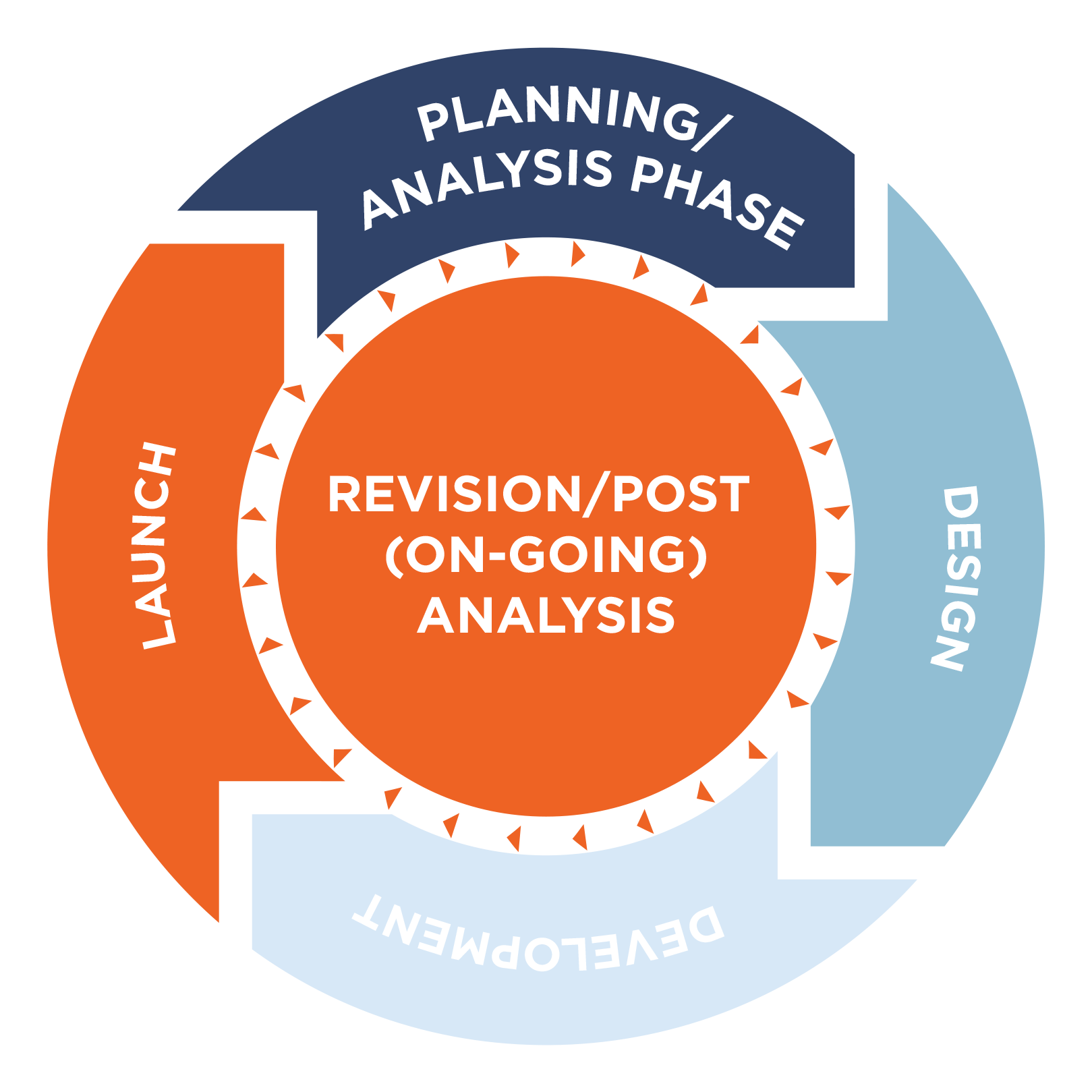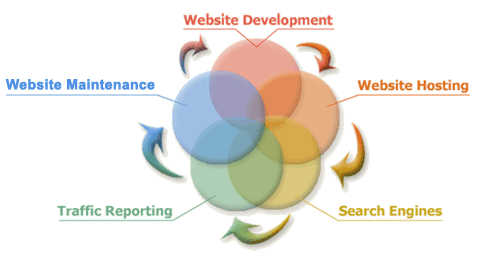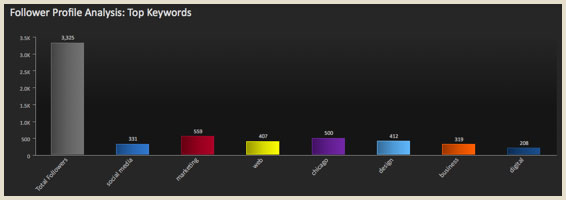Systems Analysis in Web Application Development
Abstract
The Internet was originally created for government purposes, but has since grown to a global standard. People are now closer than ever thanks to the ease of communication, and with this boom in Internet based communication has lead to a rise in the need for web designers and developers. Design and development are often thought of as the first steps in the creation of a website, but there is a very important process that must be completed before either design or development and that is analysis. Careful development and management are essential to safeguard businesses with the success.(15)
This paper covers the analysis involved in web application development; starting from the original idea of the application and beyond the launch of the site. Many say analysis is only a process at the beginning of a website, but in reality it is a process that goes on throughout the life of a website.(4) The development of a web application can differ depending on whom the application is being developed for. Some clients will want certain criteria met with their application while others will come to you with an idea and want you to iron-out the technical/feature side–either scenario the process will still be similar. Contingent on the web apps specified requirements is where analysis begins. Analysis can range from determining the features needed in an application along with the technology that will be required to attain the final desired feature set. This article will not go over every aspect in the analysis of web development, but will be an abridged version due to the amount of variables involved in the analysis process.
Lifecycle of a Website/Phases
Websites have become very complex and with their complexity has come standards in their analysis, build, launch and post launch phases. When building a site it is divided into phases and each phase has its own set of protocols.(16) Below is an overview of the steps that help to create a standard in website creation.(5)
- Planning/Analysis Phase
- Design
- Development
- Launch
- Revision/Post (on-going) Analysis

Of these five steps, only the two involving analysis will be covered (steps 1 & 5). These two steps are considered by some as the most important parts of website creation due to how heavily the other steps rely on analysis. One other aspect to keep in mind is that these steps might be numbered from 1 to 5, but this does not mean they will always be performed in that order.(1)
Beginning a website can seem like a monumental task and rightly so.(14) Diving right in without a plan may seem like a great idea, yet formulating a structured plan will not only ease headaches for yourself, but also your clients.
Some will argue that jumping straight to coding is the correct path, but in reality you will end up with messy code and if you just spent 10 hours planning you could save upwards of 30 hours later in the project.(9) Failing to analyze the project and your situation is one of the key problems of why projects fail to meet deadlines and deliver desired functionality.(13) A great example of this is explained in a Smashing Magazine(9) article’s excerpt shown below.

Without analyzing the project beforehand this fictitious carpenter is left to assume what the client wants and in the end both the client and carpenter are adding cost and time to a project that could have been avoided if analysis and planning was completed first. Granted if analysis was completed beforehand the carpenter and homeowner would have known ahead of time the added costs of the bench, but the time frame would have stayed unchanged since the carpenter would have incorporated that into the her original estimate.
While a carpentry project is structured and built of wood; a website is an evolving functioning entity that presumably will be used by millions. Carpenter as an example works well because many people think they can call or email a web developer/designer and get a price in minutes, and this could not be farther from the truth. There are many variables involved in constructing a well functioning website from deciding the server-side web application framework, content management system (CMS), hosting and infinitely many more factors. And that is just analyzing what you are going to use before even starting on design or development.
Sometimes you may be contacted by a potential client wanting only a ballpark figure for a website in order to get an idea of what they might be getting themselves into. This is far different from a request for proposal (RFP). An RFP is an agencies best guess of how much the project will cost and the time involved. RFS’s tend to have a lot of analysis built-in, but more analysis will need to be done if the client accepts your proposal. After all the analysis the most important aspect is to have the clients involvement throughout the all phases of the project. Having the client involved in the analysis phase is paramount to the projects success. If the client is not involved in the beginning the project could go down a path that leaves the client unsatisfied. While this could be either the client or agencies fault; the main point is the client was not involved and now you’re left having to solve the problems. Catching problems like these early in the analysis phase is much better than catching them later in the project lifecycle. Fixing something early on is much less expensive and far less time consuming than finding it late in the project. Say you find out after development that the application was supposed to be written in asp.net but your team might be classic and develop in visual basic (17)—now all that time spent on development was wasted since you will have to rewrite the application in asp.net.(2)
Faculty with aspects of management should be the key decision makers when it comes to accepting or declining a project. Ensuring that everyone in your team is allocated correctly promotes a positive work environment and leads to less hiccups throughout the project.(12)
Now to analyze a project can sometimes be little more than doing some Google searches and looking over what the competition has come up with. This may not always be an option if someone comes to you with a unique idea that has never been done before—in all serious that rarely happens. If a client approaches you about an e-commerce solution you will have millions of examples online to analyze in order to attain a benchmark of what you will be getting yourself into. Analyzing an existing site can leave you with a truckload of great information. Information about what the navigation, where certain items are located, cleanliness vs. busy design, shopping cart, account creation, the list goes on and on. A great practice to follow when analyzing existing sites is to find the three you like the most and decide which ones do certain things better than others and ask yourself why they are doing that specific thing better. This helps you to realize why this site might have gone this route instead of another to ensure you are not getting in over your head. The analysis process also aids in having a well functioning and fluid site instead of a site cluttered due to lack of planning. A cluttered site even with great content can be devastating to a company. You can lose approximately 50% of sales just from your customers not being able to find what they want.(3) You want to strive towards a website that is clean, fast and informative—like a commercial.(11) Get the most information to the most people with the least amount of content.
Analysis in the beginning cannot be stressed enough, but analysis after launch is imperative for the longevity of any site.(6) Users tend to get bored with something that stays stagnant and non-changing. You must innovate or die in this ever changing and evolving world.(10) To maintain a competitive lead on your competition you will need tools to attain this information. Making sure your site is search engine optimized (SEO) is going to be your top priority at launch. SEO helps search engines find your site when someone Google’s your product or something similar, so you can see why this would be an important feature.(7) Prior to launch you will want to SEO, but there is only so much you can do until you actually have the site out there to gather analytics. Wiring in Google’s beloved analytics is a great way to find out your sites activity not only on your page but to determine where your users are coming from and how long they stay. Knowing these few things can change your site from an afterthought to the thought. Another way to gain a competitive advantage is to search on sites like Hubspot’s Marketing Grader or Simply Measured.(8) These sites do require you to create an account, but you can enter your competitor’s information and these sites will spit out helpful data about the sites social media standing and marketing grade (represented by a grading scale that differs depending on what site you’re on).
If your website is growing you will also have to analyze what to do when your sites traffic becomes to high flow for your current server.(18) This is something that if gone unchecked can lead to the death of your site. Failing to analyze your sites traffic can lead to your site slowing down due to high traffic times that means you need to upgrade your server. Analyzing web traffic is not as easy as it sounds. To analyze web traffic it requires logging lots of data and making sense of said data.(19) After the data has been logged it has to be run through an algorithm for all this data to become information and that is when the person analyzing the traffic can make sense of these mountains of data.(19) Unfortunately most companies do not feel the need to analyze their web traffic.(20) Stressing the need to post analysis of websites is something that should always be done.
Conclusion
Analyzing a website prior to doing anything and after launch is key to the success of life on the web. The idea of building a website and becoming rich overnight is nothing more than an idea. To be successful on the web takes work and that work can be made easier if analysis is used in the creation of your website.



